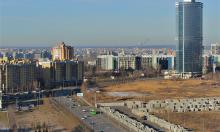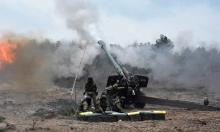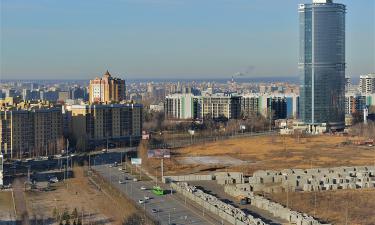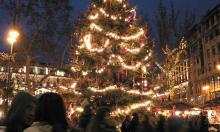Recent finds near Stonehenge throw new light on those who built it
Artifacts found at an ancient religious complex discovered near the town of Durrington Walls enabled researchers to answer a longstanding question about the lives and religious practices of the people who built Stonehenge, one of the largest Neolithic monuments.
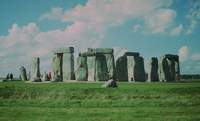
Stonehenge comprises two concentric rings of 82 massive stone blocks weighing from 5 to 10 tons. A third block is put on top of several pairs of blocks, which form the so-called trilite weighing up to 50 tons. The trilites in the shape of a horseshoe are installed in the center of the monument. Stonehenge was built around 2500 BC. The builders used huge stones which are thought to have been delivered from quarries located hundreds miles away in Wales.
The magnificence of the monument and enormous technical difficulties associated with its construction gave rise to much speculation over the people who built Stonehenge. Needless to say, some theories attributed the monument to the Atlanteans or aliens. Others described it as a beacon for the Martians, an ancient computer and a machine for foretelling the future. However, scientists believe Stonehenge is a rather imprecise calendar of the Stone Age. Stonehenge is aligned with sunrise at the summer solstice and sunset at the winter solstice. Besides, the monument is a huge compass that can be used for determining directions.
Archeologists had been already aware of a henge, a circular banked enclosure with an internal ditch, at Durrington Walls that lies in close proximity to Stonehenge. However, the large-scale excavations carried out in 2006 throw it in a completely new light. The team excavated a Neolithic settlement featuring the foundations of more than 100 houses. The evidence found on site suggests that the settlement was used as some kind of a cult center for conducting burial rites. On the other hand, there was no evidence for processing the grain or baking it and little evidence of crafts or stone implements. “This was not a full-time, year-round community, but one for specialized activities,” said archeologists Mike Parker Pearson of Sheffield University. Researchers found numerous teeth from pigs and various artifacts pointing out a religious and ceremonial character of the buildings. The site hosted a massive mid-winter celebration marking the solstice to complement the summer celebration at Stonehenge. A ceremonial roadway that led to the River Avon was also found during the 2006 excavations. It is thought that after the feasting, the crowd would proceed down the roadway and drop the bodies of the deceased to the river. The bodies of especially important people were cremated. Their remains were taken down the river and buried at Stonehenge.
Izvestia Nauki
Translated by Guerman Grachev
Pravda.ru
Subscribe to Pravda.Ru Telegram channel, Facebook, RSS!
